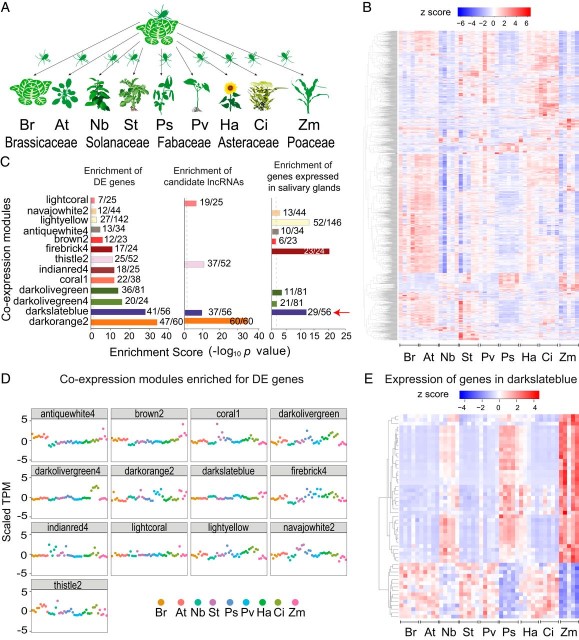
An aphid RNA transcript migrates systemically within plants and is a virulence factor (PNAS)
Plant Science Research WeeklyAphids are an important insect pest that can cause significant yield loss to crops, particularly through feeding damage and as vector for devasting plant pathogens. How aphids and other sap-feeding insects use their stylet to penetrate the plant vascular tissues is well studied but the factors involved…
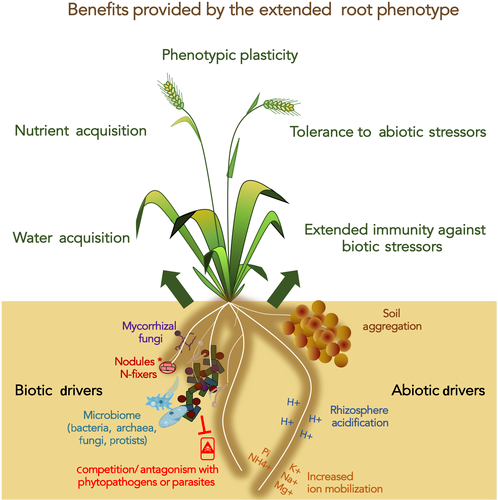
Review: An extended root phenotype: the rhizosphere, its formation and impacts on plant fitness (Plant J.)
Plant Science Research WeeklyThe rhizosphere is a continuous space for microbial colonization that comprises the rhizospheric soil, the rhizoplane (root surface), and the root endosphere, which is the apoplastic space in the root cortex. It is inhabited by unique populations of microorganisms, influenced by plant genotype and the…
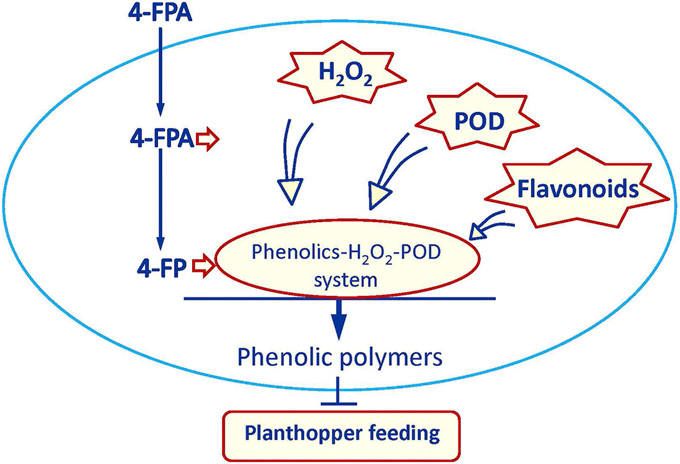
A chemical elicitor, 4- fluorophenoxyacetic acid suppresses insect pest populations and increases crop yields (PNAS)
Plant Science Research WeeklyPlant strengtheners, synthetic chemical elicitors, have been shown to enhance plant resistance against various insect pests without toxic effects on the environment, but evidence is lacking for a significant increase in crop growth and yield after using these elicitors. To address this, Wang et al. studied…
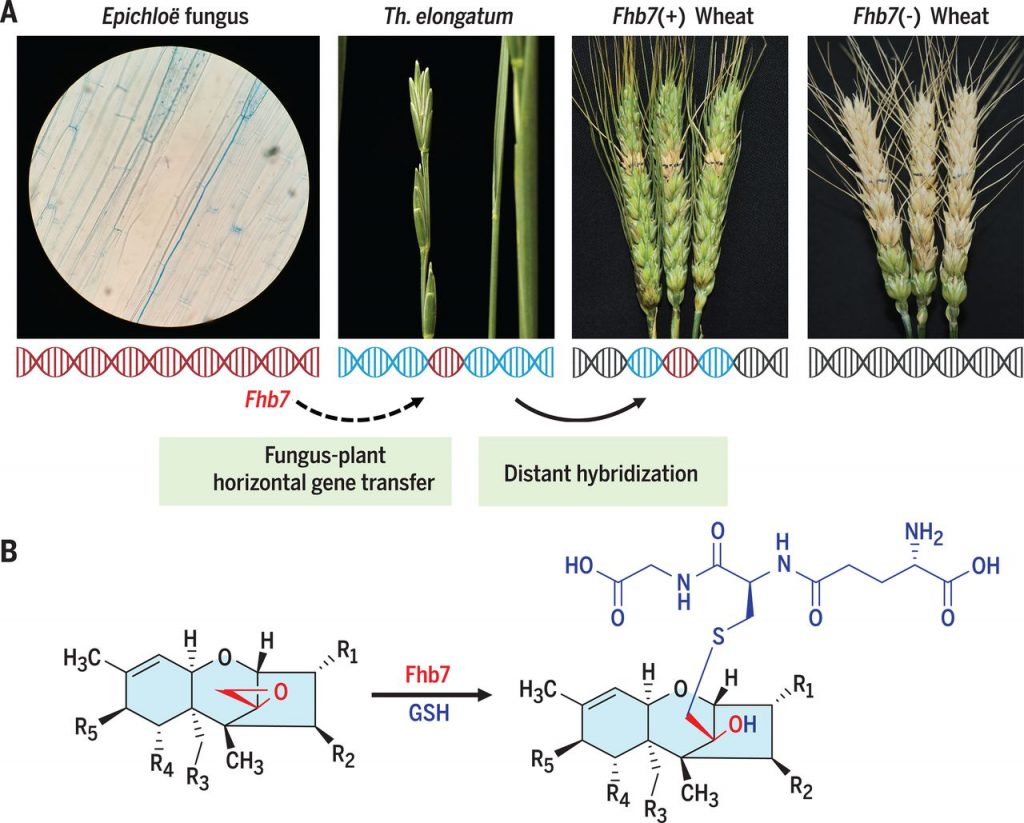
Horizontal gene transfer of Fhb7 from fungus underlies Fusarium head blight resistance in wheat (Science)
Plant Science Research WeeklyMycotoxins are fungal toxins with harmful health effects on humans and other animals. Fusarium head blight is a fungal disease of wheat inflorescences that can contaminate the grain and harm its consumers. Previously, Fhb7 was identified in the wheat relative Thinopyrum elongatum as a quantitative trait…
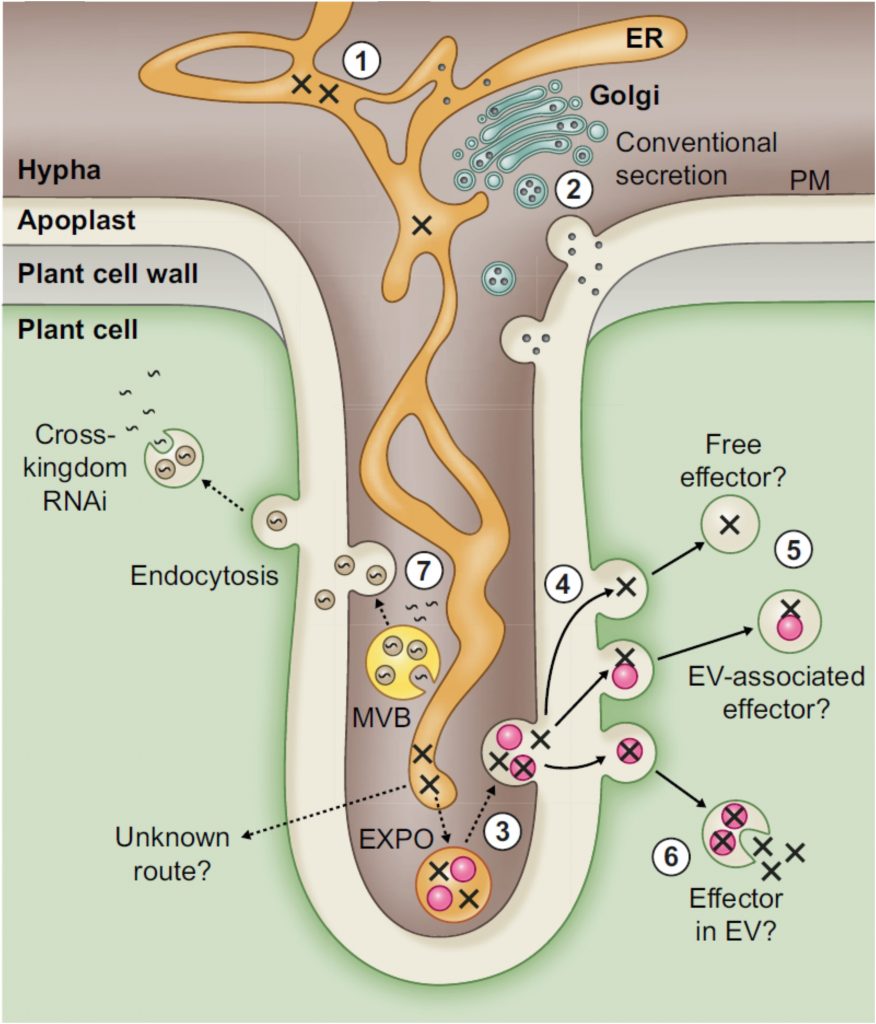
Review: Devastating intimacy: the cell biology of plant–Phytophthora interactions (New Phytol)
Plant Science Research WeeklyPhytophthora are plant-destroying oomycetes. Within this genus are several infamous disease-causing agents: P. infestans of the potato late-blight fame, P. sojae of soybean root rot, P. ramorum of sudden oak death, and many other lesser-known species. This fine new review by Boevink et al. explores the…
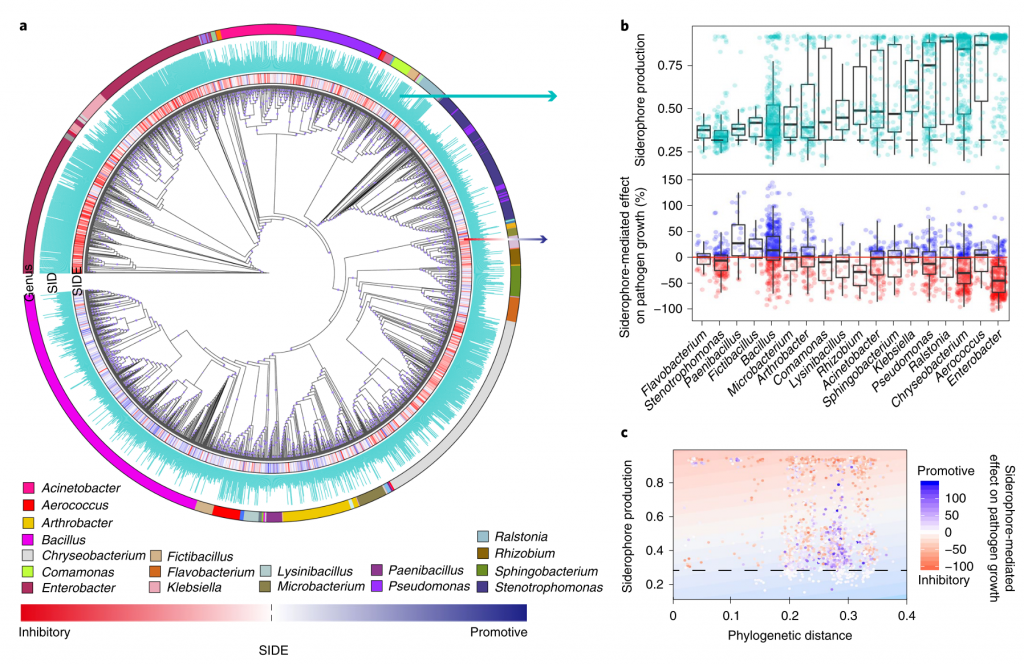
Rhizosphere microbiome protects plants from a pathogen via iron competition (Nature Microbiol)
Plant Science Research WeeklyIron is an essential element for most living organisms, including plant-associated bacteria. As iron is insoluble in most soils, many soil-borne bacteria scavenge iron using siderophores, a chemically diverse group of secondary metabolites with a high affinity for iron. Siderophores are known to drive…
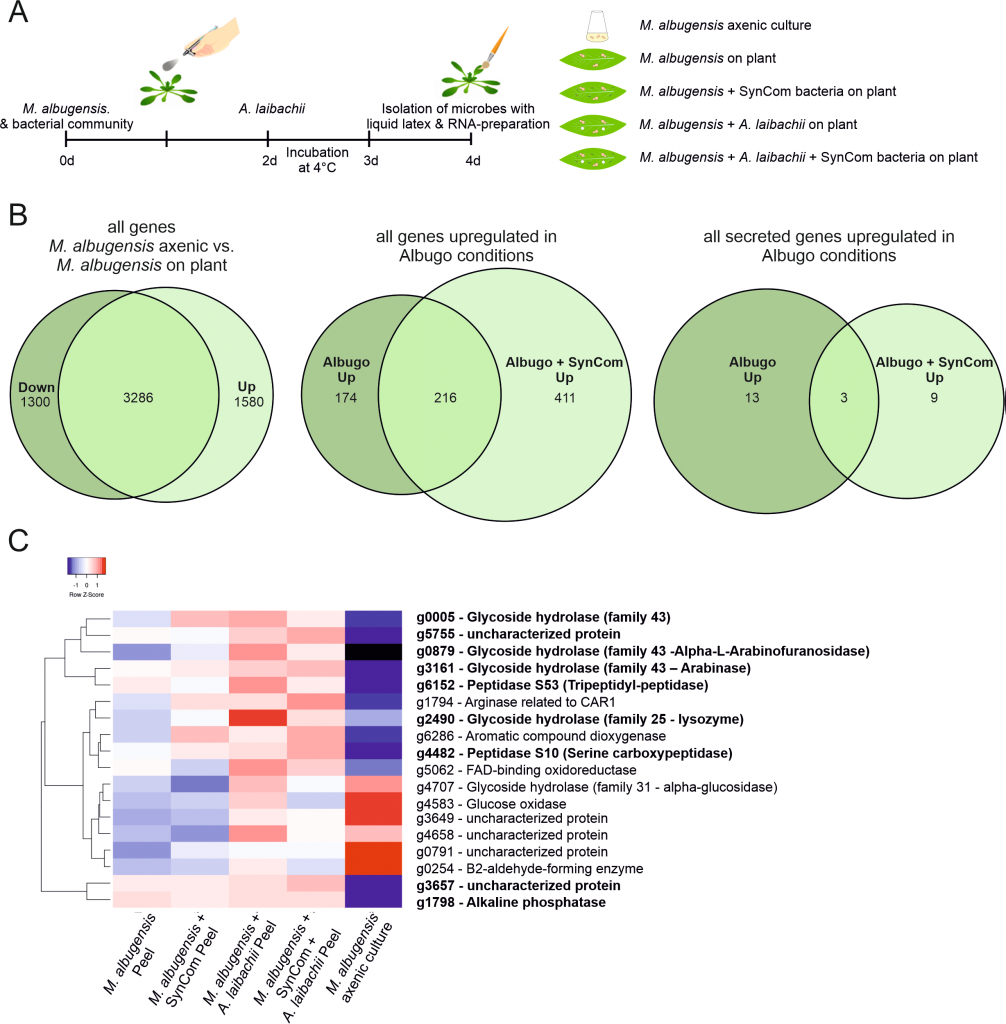
Fungal antagonism of Arabidopsis oomycete infection requires a previously uncharacterized secreted hydrolase (bioRxiv)
Plant Science Research WeeklyAntagonist interactions between microbes of the phyllosphere stabilize the microbiome and some “hub” organisms can exert strong effects on community structure. The yeast family Ustilaginales contains several apathogenic species that are microbial antagonists that can inhibit infection from diverse…
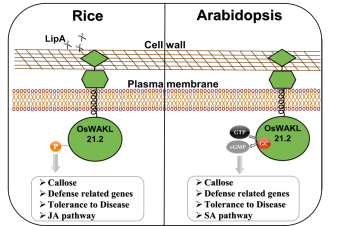
A moonlighting kinase induces immune responses in rice and Arabidopsis ($) (Plant Physiol.)
Plant Science Research WeeklyBacterial infections are a serious issue for crop plants and it is thus imperative to understand the mechanisms employed by plants to develop resistance against pathogens. Malukani et al. have identified a receptor kinase in rice, WALL-ASSOCIATED KINASE-LIKE 21 (OsWAKL21.2) that perceives pathogen-induced…
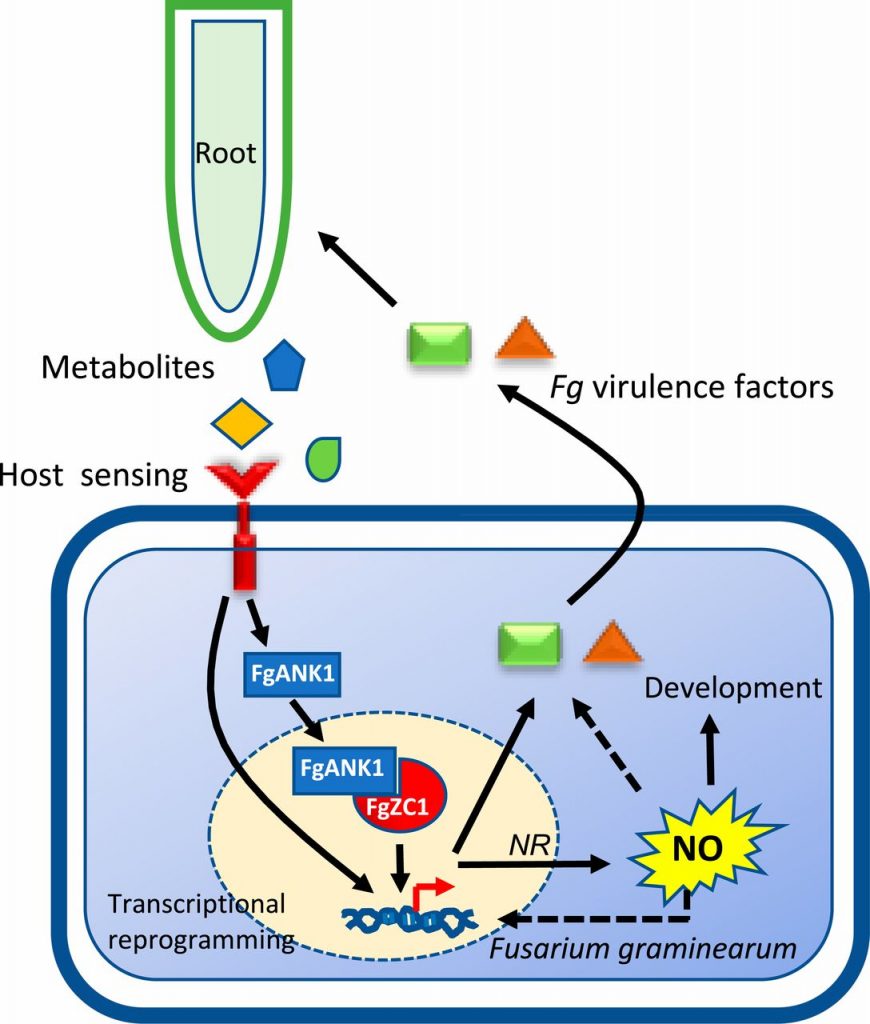
Mechanistic insights into host perception by a fungal pathogen (PNAS)
Plant Science Research WeeklyHost perception is crucial for soil-borne microbes to successfully colonize plant roots. Ding et al. conducted transcriptome analysis of the fungal pathogen Fusarium graminearum (Fg) in the presence of its host plant Brachypodium distachyon (Bd), either without direct contact (precontact) or during colonization.…

